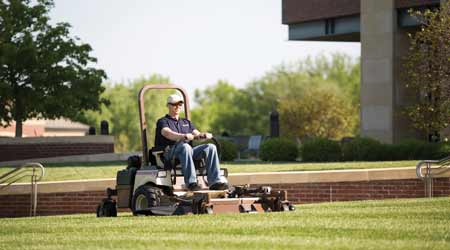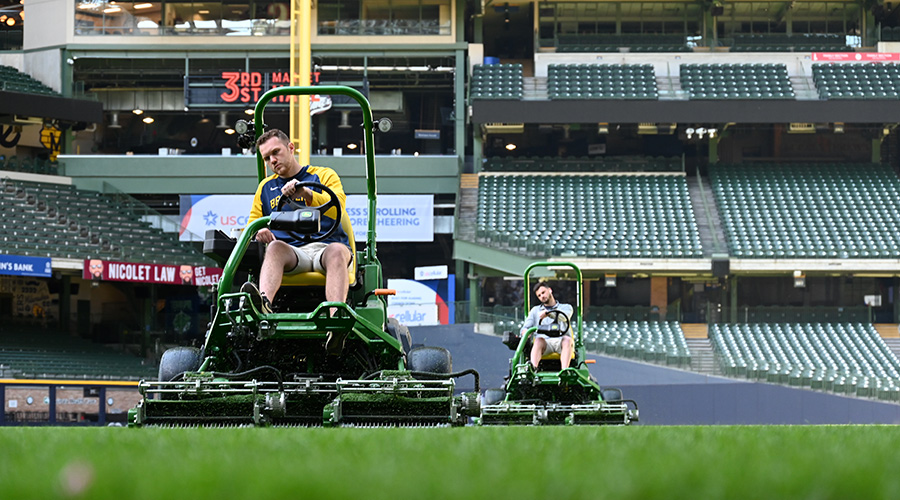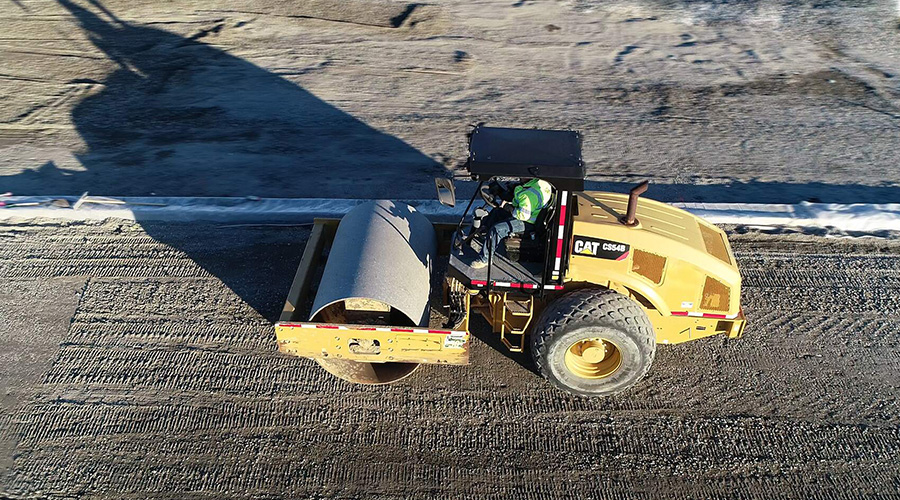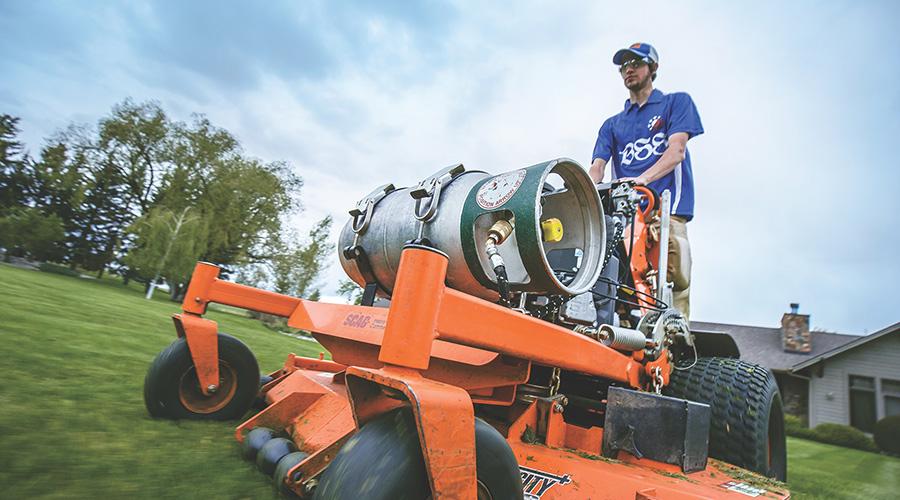 One specification strategy managers can use when selecting grounds care equipment is to base the purchasing decision on the total cost of ownership, as opposed to the amount of the monthly payments.
One specification strategy managers can use when selecting grounds care equipment is to base the purchasing decision on the total cost of ownership, as opposed to the amount of the monthly payments.Mowers: Cost Considerations of Owning vs. Leasing
Managers who look beyond the initial investment of mowers are likely to find safe, reliable, long-term performers.
When it comes to choosing the most appropriate mower — or any piece of commercial landscape maintenance equipment — grounds managers need to understand certain driving factors. Most managers start the process by looking at either the cost of the machine or the payments they make on it. A more savvy specification strategy is to base the decision on total cost of ownership, as opposed to the amount of the monthly payments. Whichever approach a manager takes, the expenditure is only one element in an often complex process.
Cost considerations
Determining a mower’s total cost of ownership begins with knowing the actual cost of the unit, as well as any finance charges. Unless paying cash, the total cost also will include interest and other loan fees. If the decision is to lease, there will be a lease factor. Managers need to be aware that even though leasing companies say they do not have finance charges, they still can charge numerous other fees.
The decision on whether leasing is the most appropriate option for a particular department usually comes down to a tax decision. When leasing equipment, the department typically only pays for what it uses. For example, for a manager who buys a $10,000 mower and leases it for two years, with the leasing company setting a $5,000 residual, the cost is $5,000 to use the mower for two years.
For a manager who buys a mower outright for that same $10,000, they are responsible for getting rid of it at the end of its performance life. But the organization receives a tax benefit for purchasing because it can depreciate the purchase. In the case of a lease, the monthly payment is an operating expense, unless the lease is structured as a capital lease.
To figure the total cost of ownership, managers need to consider fuel efficiency. What type of fuel does it burn? How much fuel does it burn per hour? Is the service requirement high for oil changes, lubrication, belts, filters, etc., or is it a reasonably low-maintenance piece of equipment? These factors all are part of the cost of ownership.
Managers also need to include the cost of insurance and look carefully at the type and length of the warranty, and they need to understand which repairs are covered and which are not.
The next consideration is how long the department plans to own the equipment. If the plan is to turn it over when the warranty runs out, then the manager knows it is going to cost a certain amount every year. On the other hand, if the plan is to keep the mower beyond the warranty, managers need to estimate the costs for maintenance and repair costs as it ages.
Managers can eliminate this unpredictability by replacing equipment when the warranty expires. Doing so enables managers to predict with relative certainty the amount of hours operators will put on it. In the case of a lease, managers do not need to worry about selling it themselves.
Related Topics:














